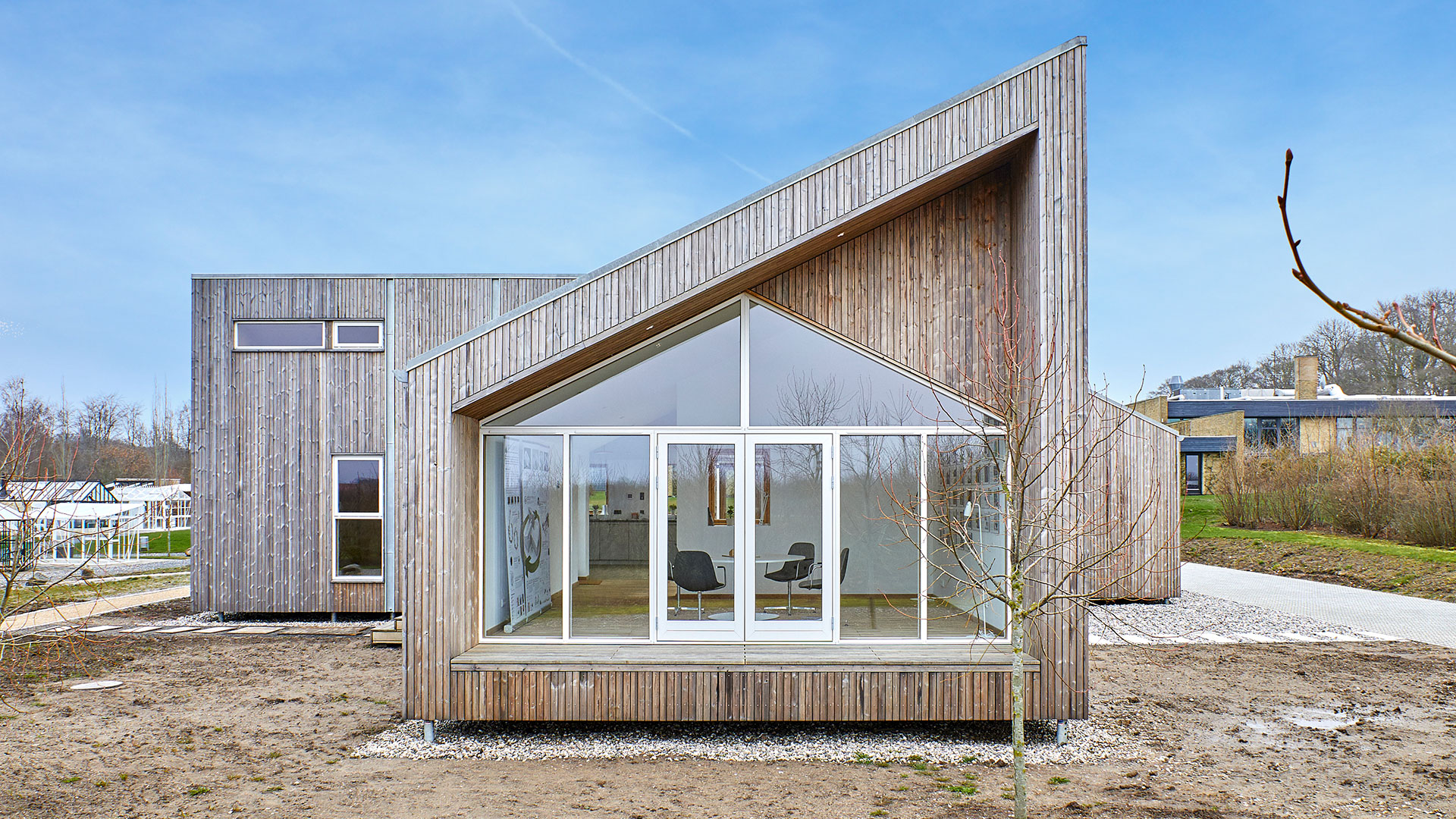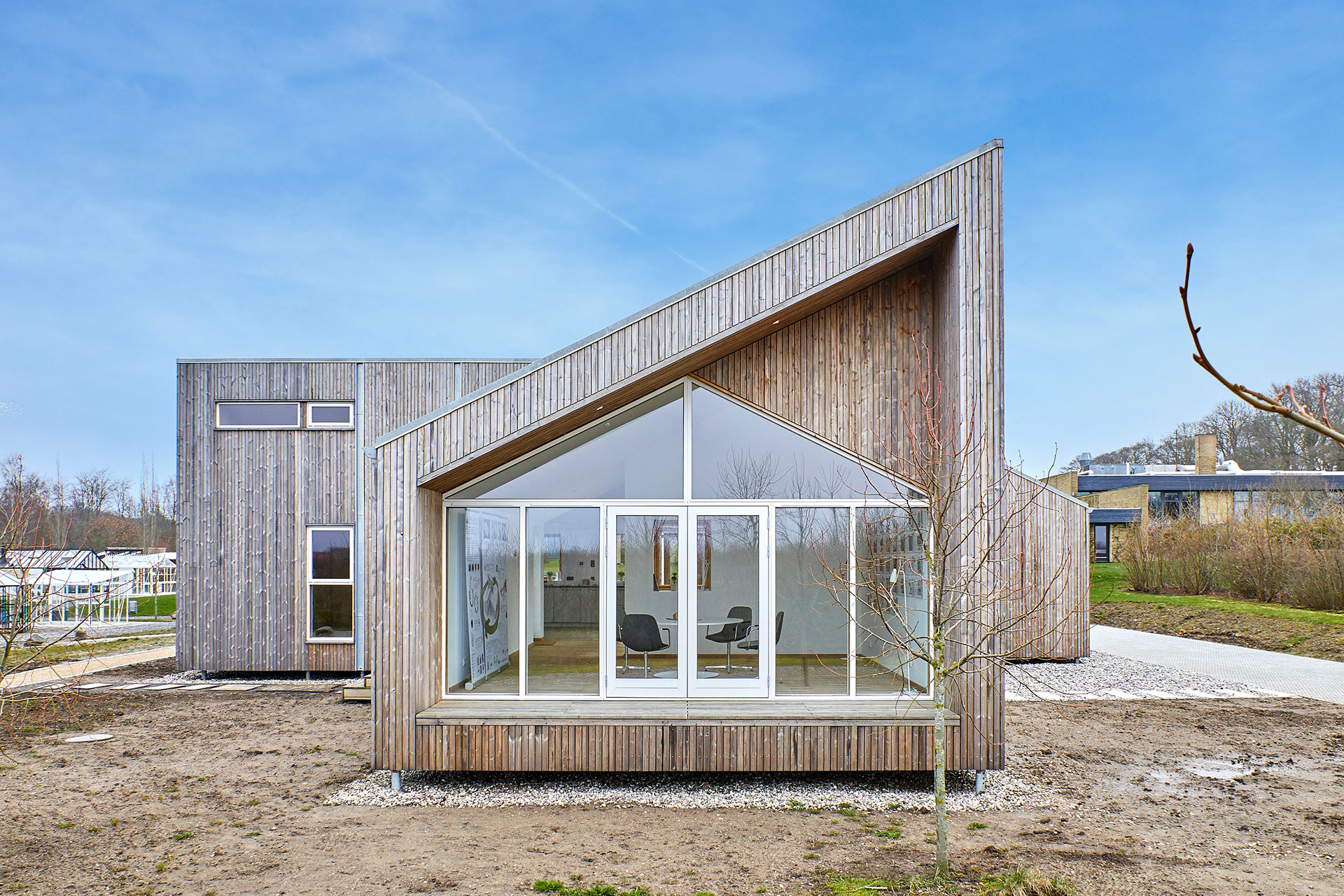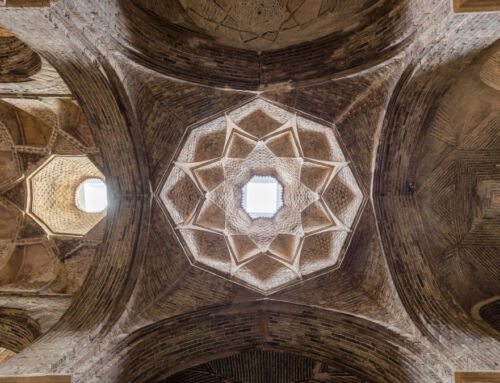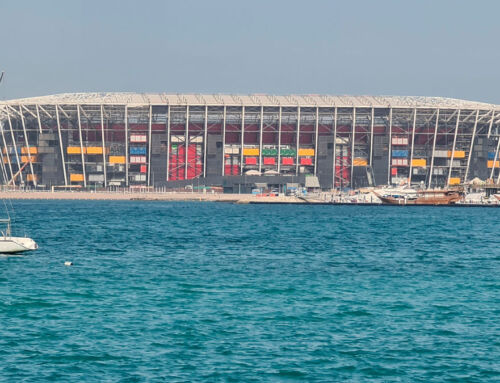In a pilot project supported by green-building funds from the Danish Ministry of the Environment, architects Een til Een have built the world’s first house from waste and scrap materials from the agricultural industry. Whilst houses made from natural materials are nothing new, as numerous examples can be found in the huts of tribes living in jungles and forests around the world, in this case they are made from materials that have undergone a process of transformation and recycling. Hay and rice straw, reed, hemp, flax, algae and other cellulosic fibres, materials that are normally considered waste and are usually used as fuel for energy production, are given a new life in this project and become raw materials for construction. The CO2 captured by these materials is not re-emitted into the atmosphere as a result of their combustion. On the other hand, the recycling of locally available materials promotes the local economy.
This “biological” house, as the architects themselves have dubbed it, has been designed and produced using digital technologies. Moreover, it is a fully integrated building with natural ventilation and passive solar heating, which are advantages along with the breathability of the recycled natural materials. The house also sits on screw piles, instead of the traditional concrete foundation, which means better insulation and ventilation, whilst at the same time having less impact on the land on which it stands. For the cladding, wood from local sustainable forests is used, with a special treatment, also biological, which makes it resistant, durable and dimensionally stable.
The world’s first “biological” house, which aims to tackle ecological problems and global climate change, is part of the general trend towards green architecture. It is being exhibited for the first time at the BIOTOPE ecological park in Middelfart, Denmark.
Sources and images: Een til Een, Archello, Designboom, Noticias de Arquitectura.












